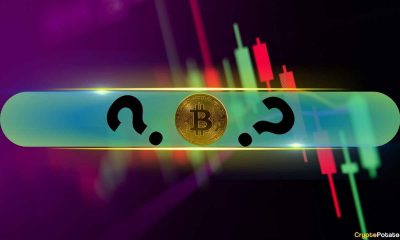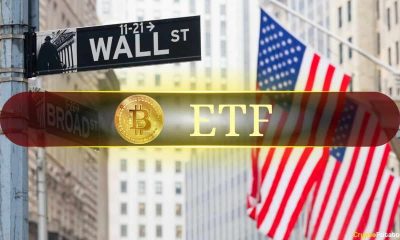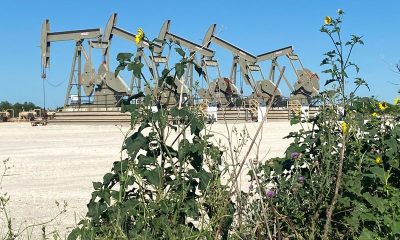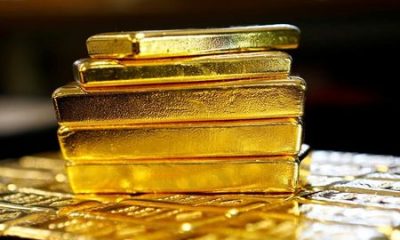Economy
Fed policymakers deliver hawkish vibe after pause decision
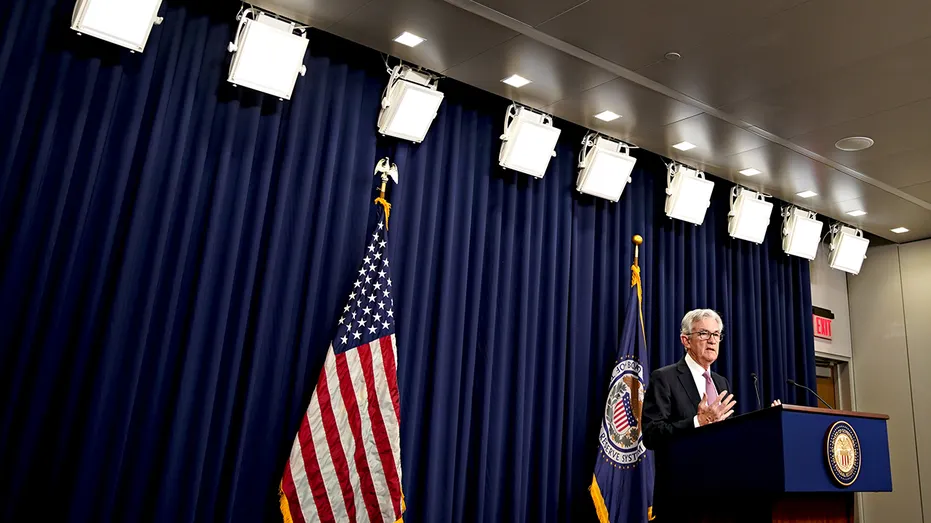
U.S. Federal Reserve officials struck a hawkish tone in their first comments since the central bank held the policy interest rate steady at its meeting this week but signaled that rate hikes will likely resume.
“Core inflation is not coming down like I thought it would,” Federal Reserve Gov. Christopher Waller said at an economics conference in Norway. “Inflation is just not moving and that’s going to require, probably, some more tightening to try to get that going down.”
In earlier prepared remarks he said that changes in U.S. credit conditions since the failure of Silicon Valley Bank in early March were “in line” with financial tightening that was already underway due to Federal Reserve interest rate increases — comments that downplayed the idea a worse-than-anticipated contraction in credit might make further Fed rate increases less necessary.
“It is still not clear that recent strains in the banking sector materially intensified the tightening of lending conditions,” beyond what the Fed was trying to do anyway through its interest rate policy, Waller said.
The U.S. economy was “still ripping along for the most part,” he said, with the underlying pace of price increases “moving sideways.”
Recent declines in headline inflation have been driven largely by food and energy prices, volatile commodities whose price swings can mask underlying inflation trends.
Excluding those goods, the personal consumption expenditures price index as of April was increasing at a 4.7% annual pace, more than twice the central bank’s target.
In separate comments at a financial officers forum in Maryland, Richmond Federal Reserve president Thomas Barkin said he was “comfortable” with further rate increases given that inflation was not yet on an obvious path back to 2%.
Demand in the U.S. was weakening somewhat, he said, but “I am still looking to be convinced of the plausible story that slowing demand returns inflation relatively quickly” to the 2% target, Barkin said. “If coming data doesn’t support that story, I’m comfortable doing more.”
The Fed this week ended its run of 10 consecutive rate hikes when policymakers decided to keep the benchmark overnight interest rate in a range of from 5% to 5.25%.
But they also issued new projections showing 12 of 18 Fed officials see rates rising at least another half point by the end of the year.
Though Fed chair Jerome Powell at a press conference Wednesday said no decision had been made about the upcoming July Fed meeting, investors and other analysts broadly expect the Fed to resume rate increases.
Chicago Fed President Austan Goolsbee, one of the more dovish U.S. central bankers, said that he thinks of pausing the Fed’s rate hike campaign as a “reconnaissance mission… before charging up the hill another time.
“There are conflicting pieces of evidence coming in on the economy: are we too hot and need more, have we done enough by raising the interest rate five full percentage points over the last year?” Goolsbee told National Public Radio’s “All Things Considered.”
The pandemic changed the dynamics of consumer spending, work, and lifestyle, Goolsbee said, and what’s clear is that the Fed cannot be too confident in any one month of data.
“We just going to have play it by ear, I guess,” Goolsbee. “For me, the forecast is pretty benign, and the question is, are we on that golden path, or not,” of cooling inflation without starting a big recession.
None of the three policymakers spoke directly to their policy preferences for the July meeting.
Economy
Russian central bank says it needs months to make sure CPI falling before rate cuts -RBC


© Reuters. Russian Central Bank Governor Elvira Nabiullina attends a news conference in Moscow, Russia June 14, 2019. REUTERS/Shamil Zhumatov/File Photo
MOSCOW (Reuters) – Russia’s central bank will need two to three months to make sure that inflation is steadily declining before taking any decision on interest rate cuts, the bank’s governor Elvira Nabiullina told RBC media on Sunday.
The central bank raised its key interest rate by 100 basis points to 16% earlier in December, hiking for the fifth consecutive meeting in response to stubborn inflation, and suggested that its tightening cycle was nearly over.
Nabiullina said it was not yet clear when exactly the regulator would start cutting rates, however.
“We really need to make sure that inflation is steadily decreasing, that these are not one-off factors that can affect the rate of price growth in a particular month,” she said.
Nabiullina said the bank was taking into account a wide range of indicators but primarily those that “characterize the stability of inflation”.
“This will take two or three months or more – it depends on how much the wide range of indicators that characterize sustainable inflation declines,” she said.
The bank will next convene to set its benchmark rate on Feb. 16.
The governor also said the bank should have started monetary policy tightening earlier than in July, when it embarked on the rate-hiking cycle.
Economy
China identifies second set of projects in $140 billion spending plan


© Reuters. FILE PHOTO: Workers walk past an under-construction area with completed office towers in the background, in Shenzhen’s Qianhai new district, Guangdong province, China August 25, 2023. REUTERS/David Kirton/File Photo
SHANGHAI (Reuters) – China’s top planning body said on Saturday it had identified a second batch of public investment projects, including flood control and disaster relief programmes, under a bond issuance and investment plan announced in October to boost the economy.
With the latest tranche, China has now earmarked more than 800 billion yuan of its 1 trillion yuan ($140 billion) in additional government bond issuance in the fourth quarter, as it focuses on fiscal steps to shore up the flagging economy.
The National Development and Reform Commission (NDRC) said in a statement on Saturday it had identified 9,600 projects with planned investment of more than 560 billion yuan.
China’s economy, the world’s second largest, is struggling to regain its footing post-COVID-19 as policymakers grapple with tepid consumer demand, weak exports, falling foreign investment and a deepening real estate crisis.
The 1 trillion yuan in additional bond issuance will widen China’s 2023 budget deficit ratio to around 3.8 percent from 3 percent, the state-run Xinhua news agency has said.
“Construction of the projects will improve China’s flood control system, emergency response mechanism and disaster relief capabilities, and better protect people’s lives and property, so it is very significant,” the NDRC said.
The agency said it will coordinate with other government bodies to make sure that funds are allocated speedily for investment and that high standards of quality are maintained in project construction.
($1 = 7.1315 renminbi)
Economy
Russian central bank says it needs months to make sure CPI falling before rate cuts -RBC


© Reuters. Russian Central Bank Governor Elvira Nabiullina attends a news conference in Moscow, Russia June 14, 2019. REUTERS/Shamil Zhumatov/File Photo
MOSCOW (Reuters) – Russia’s central bank will need two to three months to make sure that inflation is steadily declining before taking any decision on interest rate cuts, the bank’s governor Elvira Nabiullina told RBC media on Sunday.
The central bank raised its key interest rate by 100 basis points to 16% earlier in December, hiking for the fifth consecutive meeting in response to stubborn inflation, and suggested that its tightening cycle was nearly over.
Nabiullina said it was not yet clear when exactly the regulator would start cutting rates, however.
“We really need to make sure that inflation is steadily decreasing, that these are not one-off factors that can affect the rate of price growth in a particular month,” she said.
Nabiullina said the bank was taking into account a wide range of indicators but primarily those that “characterize the stability of inflation”.
“This will take two or three months or more – it depends on how much the wide range of indicators that characterize sustainable inflation declines,” she said.
The bank will next convene to set its benchmark rate on Feb. 16.
The governor also said the bank should have started monetary policy tightening earlier than in July, when it embarked on the rate-hiking cycle.

 Forex2 years ago
Forex2 years agoForex Today: the dollar is gaining strength amid gloomy sentiment at the start of the Fed’s week

 Forex2 years ago
Forex2 years agoHow is the Australian dollar doing today?

 Forex1 year ago
Forex1 year agoUnbiased review of Pocket Option broker

 Forex2 years ago
Forex2 years agoDollar to pound sterling exchange rate today: Pound plummeted to its lowest since 1985

 Cryptocurrency2 years ago
Cryptocurrency2 years agoWhat happened in the crypto market – current events today

 World2 years ago
World2 years agoWhy are modern video games an art form?

 Stock Markets2 years ago
Stock Markets2 years agoMorgan Stanley: bear market rally to continue

 Economy2 years ago
Economy2 years agoCrude oil tankers double in price due to EU anti-Russian sanctions



